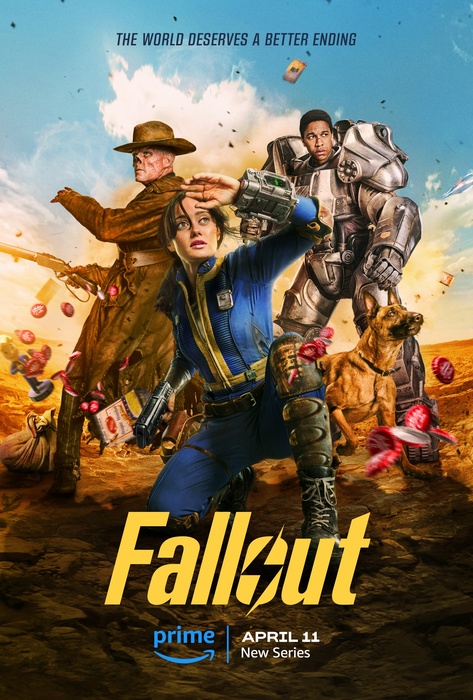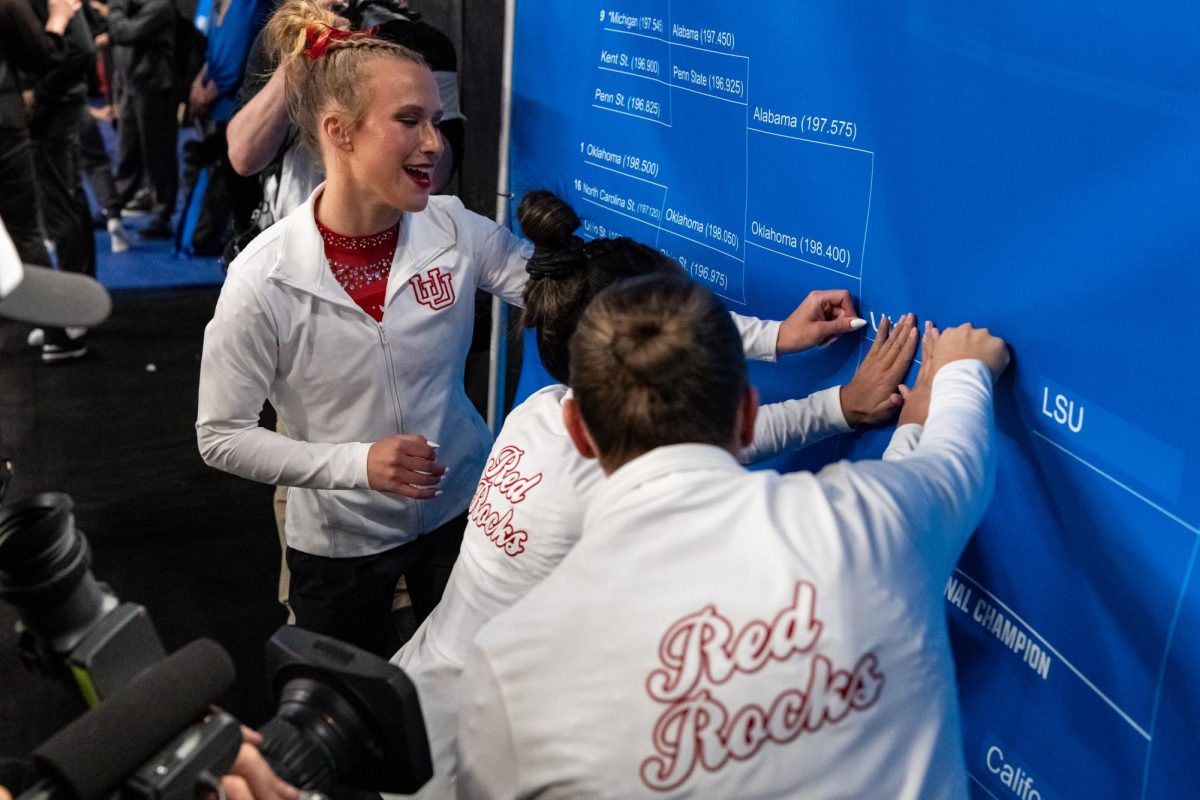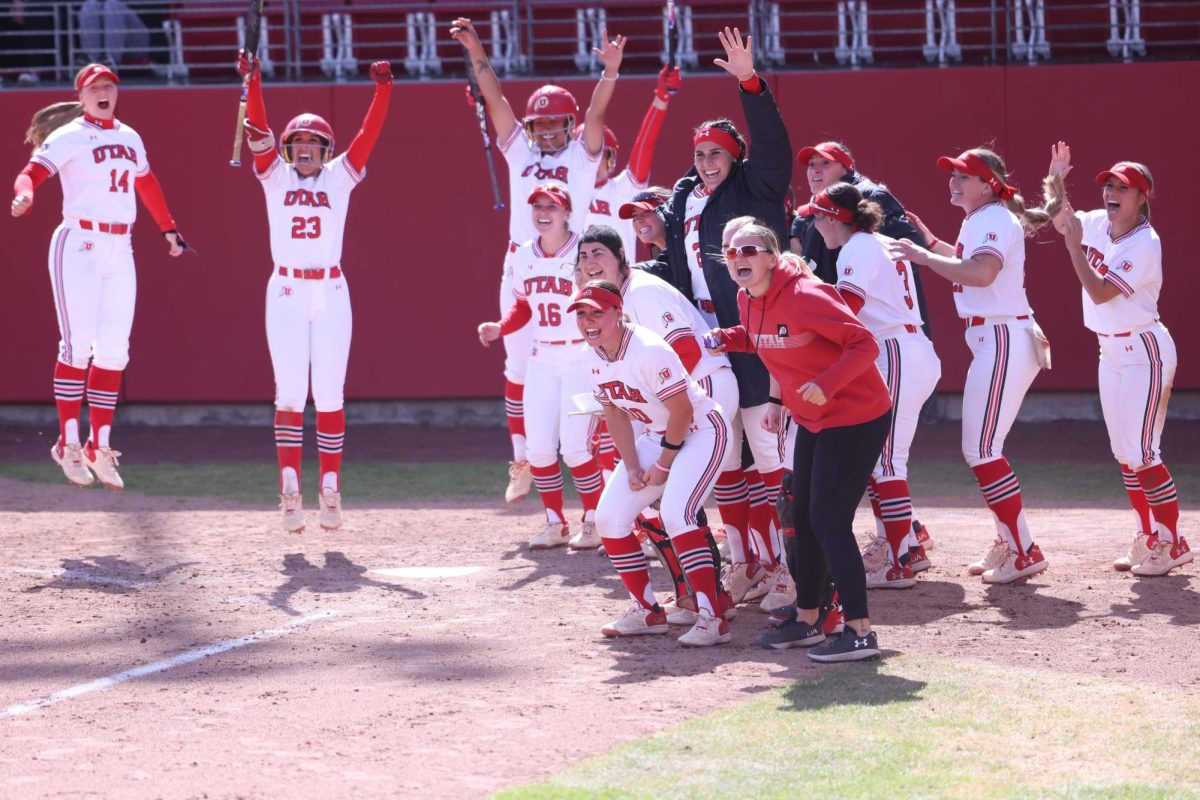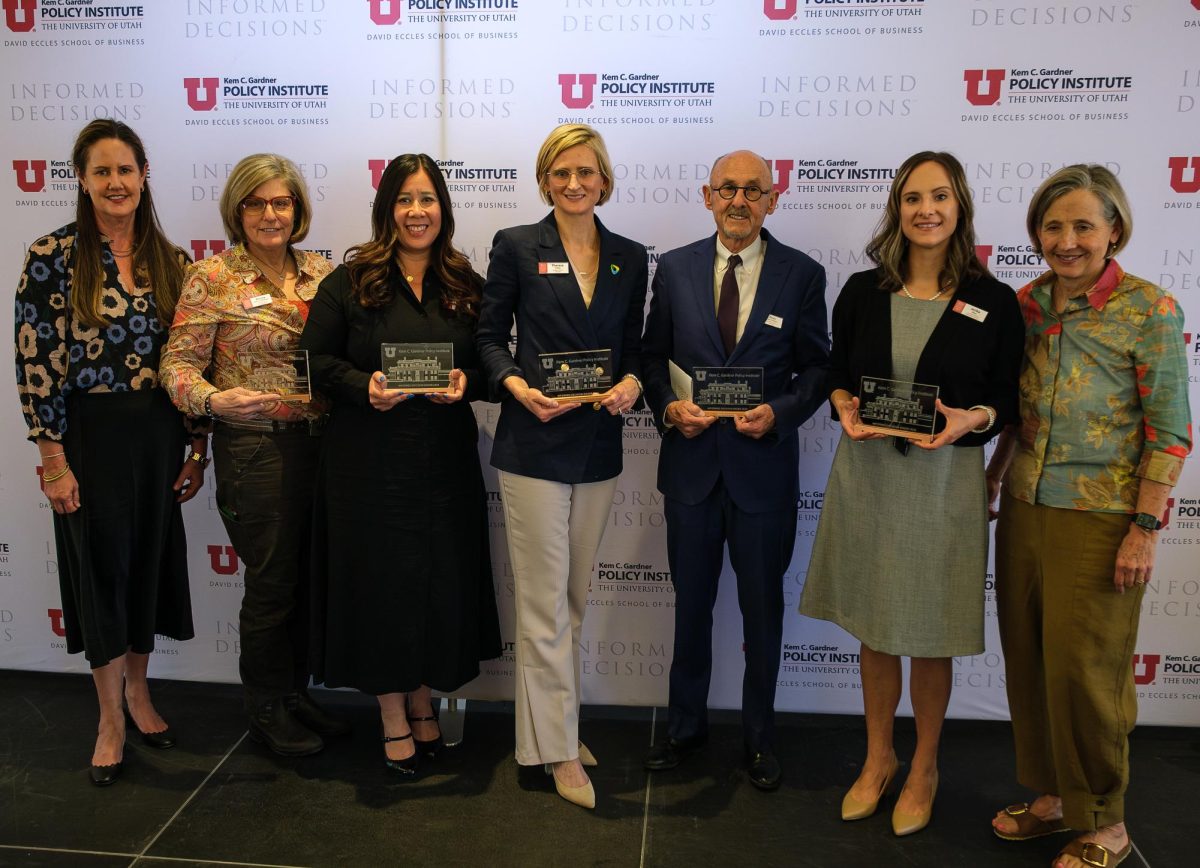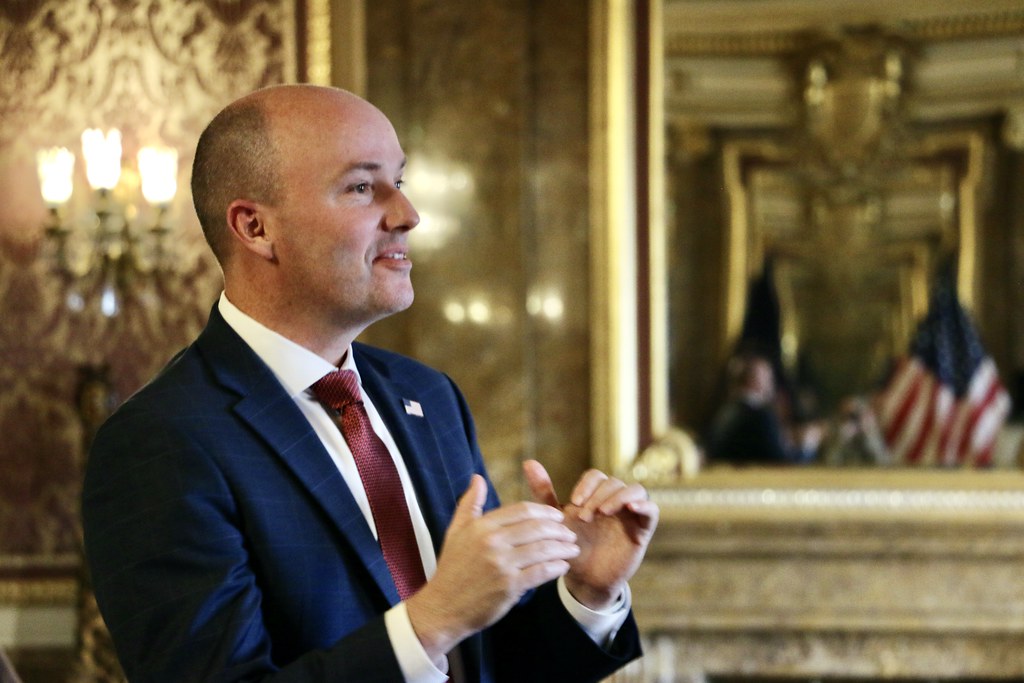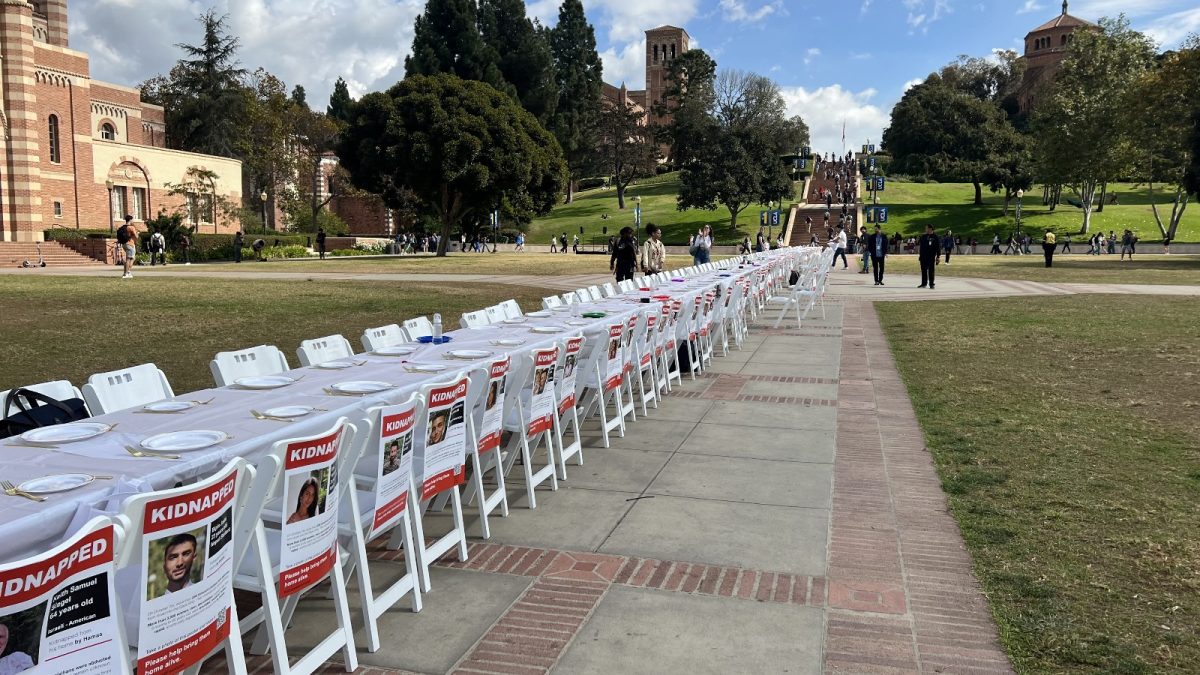1.Park City problems,
Salt Lake solutions
When most people think “Sundance” they think “Park City” which, in turn, makes perfect sense-for those not from around here. Plenty of non-local Sundancers make the mistake of trying to catch all of their films exclusively in Park City.
Take advantage of this and catch as many films as possible in Salt Lake City before making the trek out to Park City, Ogden, or even the Sundance Village. Plenty of the films being screened in Salt Lake City are still going to have the people involved in the making of any given film fielding Q&A sessions (see below), and celebrities, critics and other ‘muy importante’ types.
Besides that, the high-profile A-lister celebrities that hound Sundance, as well as the circus of paparazzi that surrounds them in lieu of catching snapshots of them tend to avoid Salt Lake City.
Finally, Salt Lake City is going to be simply more accessible during Sundance, fiscally and physically. There’re often “velvet ropes” in place at many a Park City establishment during Sundance that are reserved for private parties and the like-once again, you’re better off down here.
2.The infamous ‘Wait List’
Didn’t get tickets to all of the films you wanted to see? Or even just that one film, the one you saw in the catalog that you just HAD to catch? Neither did we.
No worries: There’s still a chance to catch it, but it takes time-lots of it-and even more patience. The Wait List process starts when you decide what film you want to see, and when.
If it’s in Park City, consider your chances of getting in half of what they were before-again, people that “matter” have rather free roaming wherever they are, and most of them stick to Park City. The later the screening, the better, as most Sundancers are getting ready to tackle the nightlife.
To get on the Wait List, arrive to the respective film’s theater anywhere from 90 minutes to three hours (yeah, three hours. Hey-you want to see this movie, right?) before the film you’re going to see starts.
Obviously, the earlier you’re there, the better the odds of getting into your film of choice are. The more buzz surrounding the film, the earlier you’ll need to get there. An hour before the screening starts, Sundance staffers will hand out numbered cards on a first-come, first-serve basis.
Then 30 minutes before the film starts, when the primary ticket-holders have presumably taken their seats, the remaining seats in the theatre are sold to Wait-Listers. Don’t stand in line for anybody else-they’ll get shafted. One Wait List card is worth one ticket, bottom line. Don’t miss out, and don’t forget cash, which is the only form of accepted payment for Wait-List tickets.
3. The ‘A’ on the Q&A
Sundance offers festival-goers a rare chance to meet with and talk to those behind the making of the films you’ve just watched that a DVD commentary track just doesn’t do justice.
Never skip out on one of these Q&A sessions-even if you weren’t pleased with the film you just saw, listening to the filmmakers themselves field questions might offer some insight into why that director had to use five three-minute tracking shots of an empty sock-drawer, and thus, more insight on filmmaking in general. Also, plenty of people get scared or intimidated by the Q&A sessions-don’t be. The question from the average viewer is just as important as the film freak-elitist’s/critic’s question. On the same token, don’t take everybody else’s time to ask a question that doesn’t hold any relevance to the making of the film.
At last year’s “Garden State” screening, somebody asked Zach Braff what it was like “to make out with Natalie Portman,” thereby putting said question-asker that many more lifetimes away from ever doing so and even more notably, wasting everybody else’s time.
4. Be daring, be bold, embrace the
weird foreigner
Historically, most of the films at Sundance that have pre-festival buzz or big names attached to them usually find their way into distribution at some point-last year, “Garden State,” “Napolean Dynamite,” “Riding Giants,” “The Machinist,” “DIG!” and others proved this rule true.
Some of the better, lesser-known films-especially the documentary and World Showcase (foreign) films, on the other hand, haven’t been heard from (in America, at least) since.
Travel the untrodden path and take advantage of what Sundance can give you that the video store can’t: films that you might never see again. It’s difficult to go wrong with most of the documentaries, which tend to consistently be top-notch selections. Foreign films also offer a much more distinct, poignant perspective of filmmaking that many of the American films can’t-put simply: Try to avoid seeing the films everyone else is going to see.
Eventually, you’ll be able to catch them anyway.
Foster Kamer


